Making an Abstract Painting With Masking Tape
24071 Views, 25 Favorites, 0 Comments
Making an Abstract Painting With Masking Tape
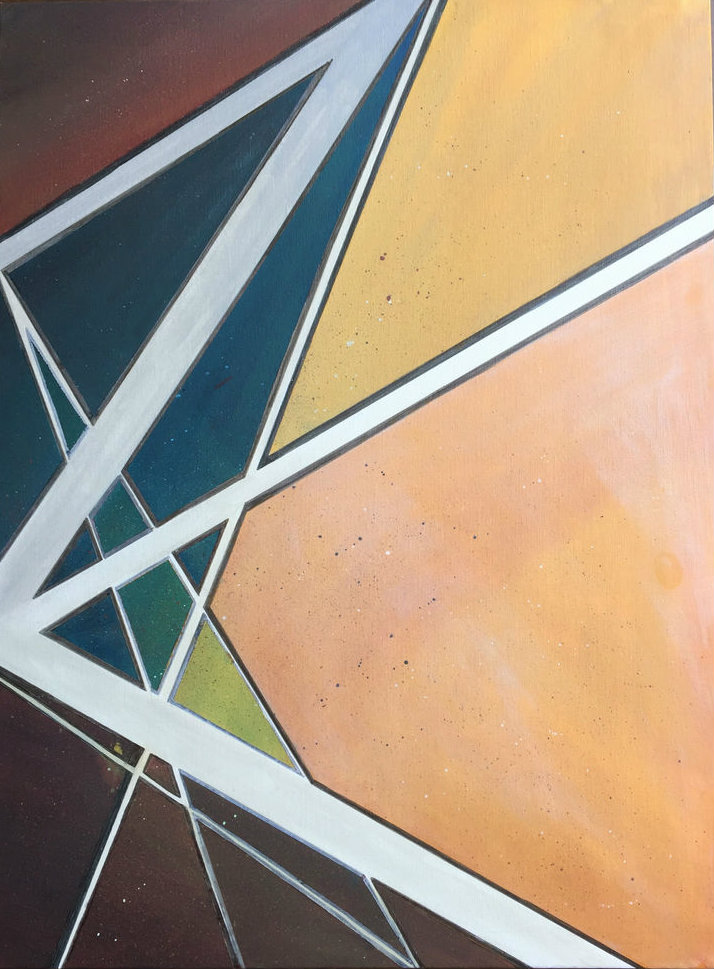
These are instructions on how to make an abstract angular painting using masking tape. Because the tape is used to guide the paint into perfectly straight lines, it is pretty simple to make and doesn't require a high amount of skill or experience with paint.
Assemble
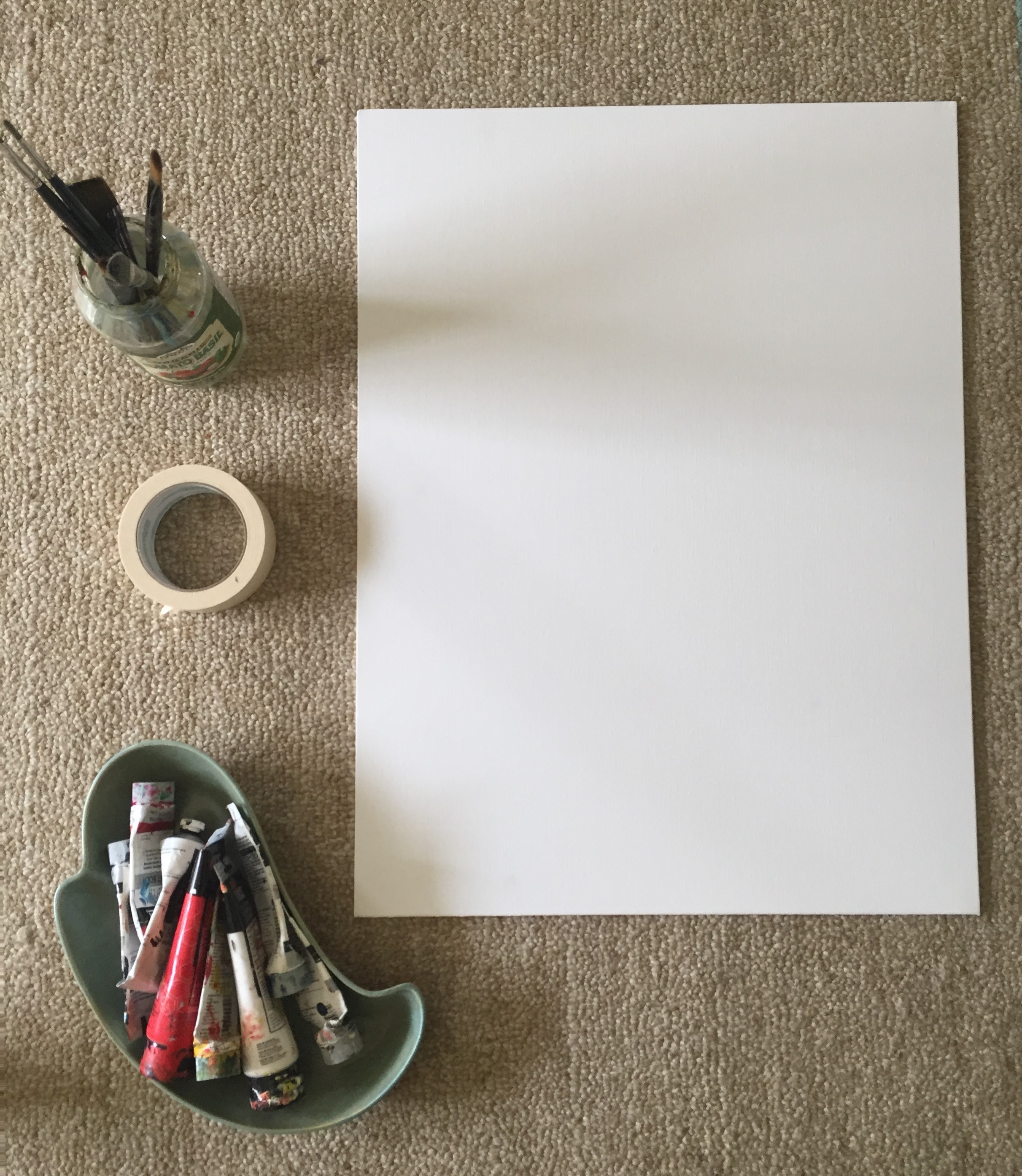
Materials:
Canvas-white surface to paint on
Acrylic Paint-this is the best type of paint to use for this project because it dries quickly and is versatile, thanks to being water soluble (it can be painted on thickly or thinned out with water to have a watercolor consistency)
Masking Tape-for creating the angular lines
Pens-for highlighting the line work. I used Fibre-Castell grey artist pens in a variety of shades-these pens are awesome
Scissors or xacto knife-may be helpful if you want to cut the tape into thinner strips, creating thinner white lines
Attach
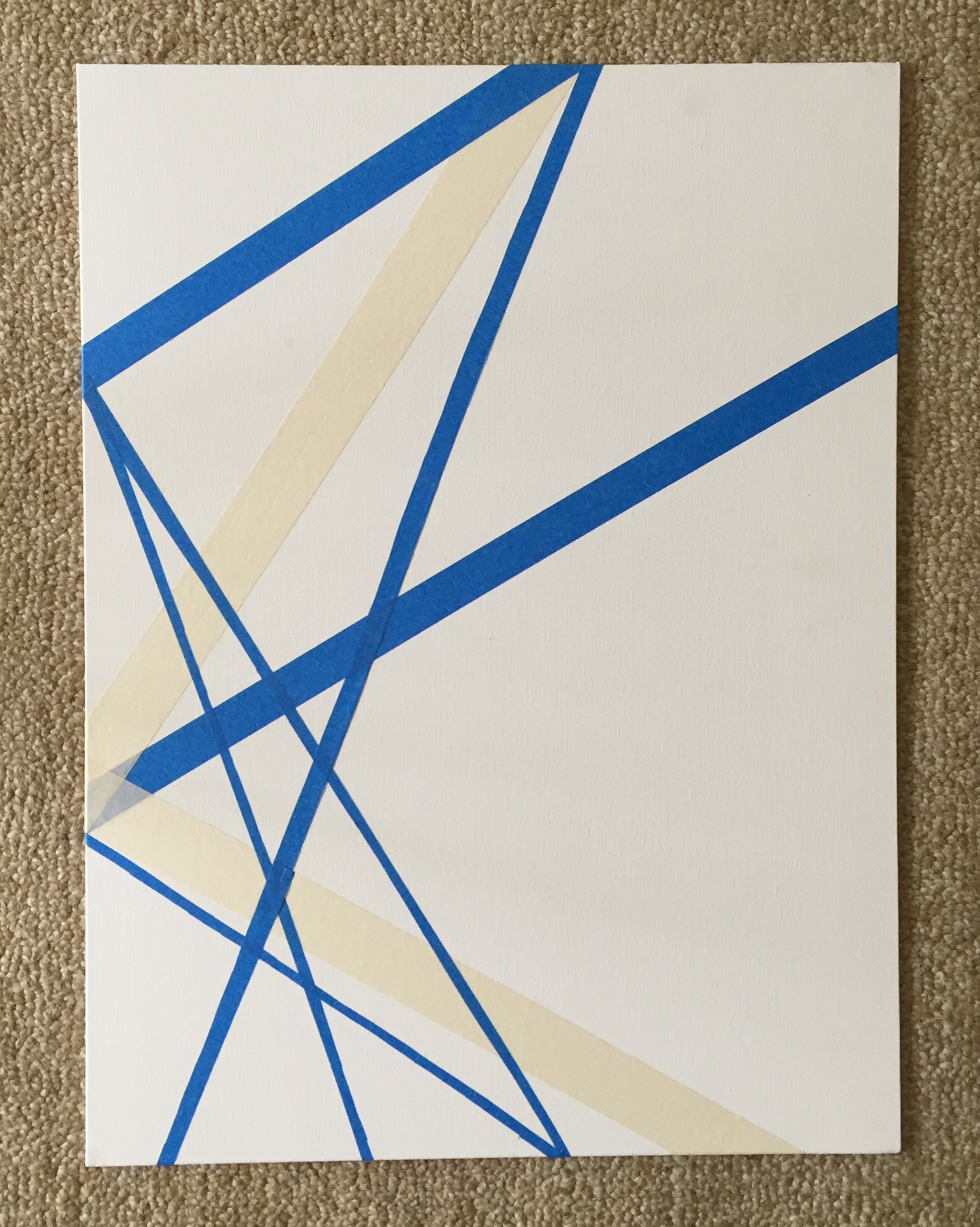
Attach tape to the canvas in a geometric pattern that looks interesting to you. Make sure to press the tape securely onto the canvas to keep paint from leaking through in the next step. Feel free to copy my pattern or come up with something unique on your own.
Paint
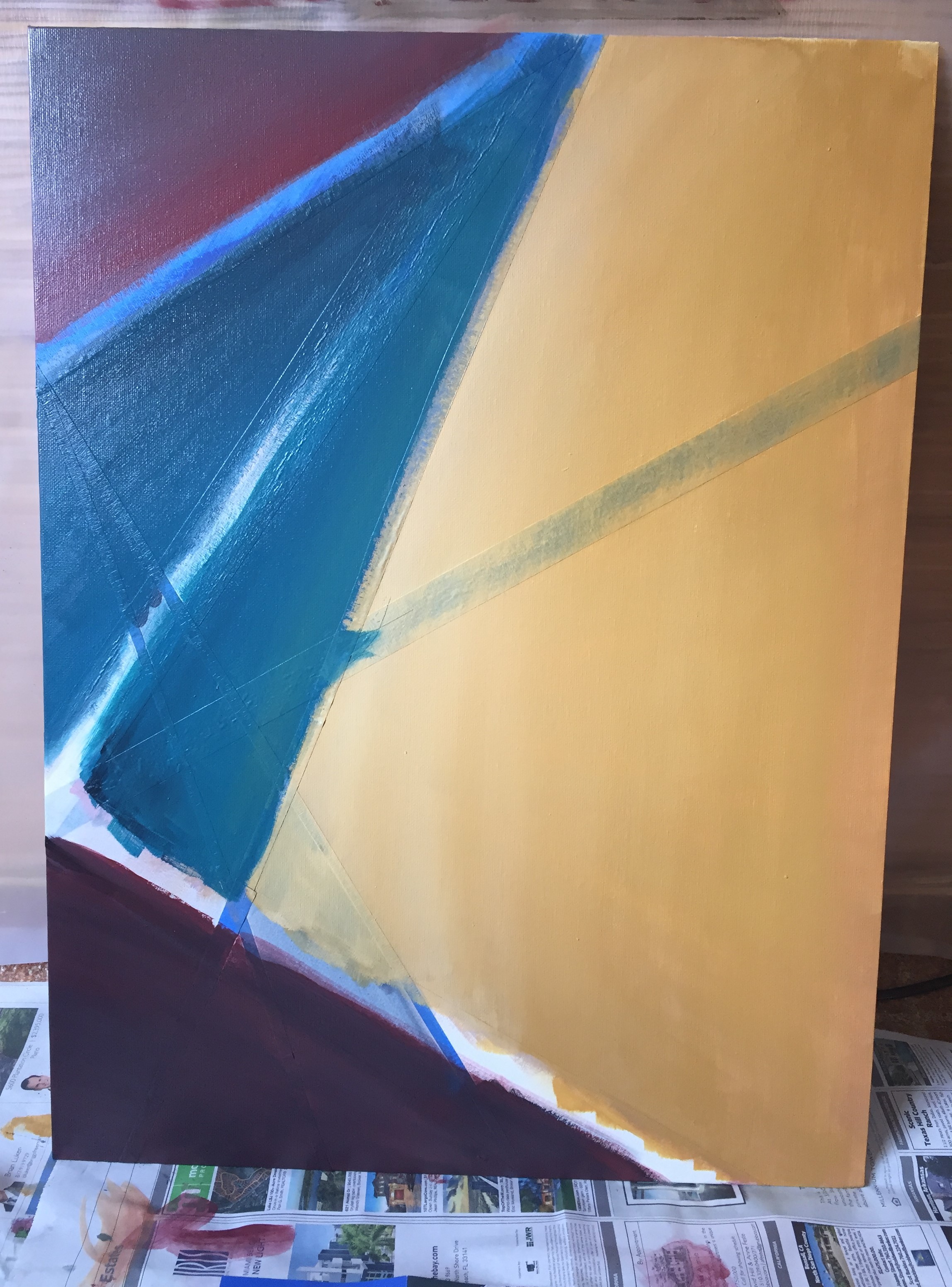
Paint over the tape in a color scheme that looks interesting to you, keeping colors separated by the tape. I chose to keep mine simple and follow the primary colors red, yellow, and blue, as a guideline. I think it would look beautiful in other, more complex color schemes as well though.
Splatter
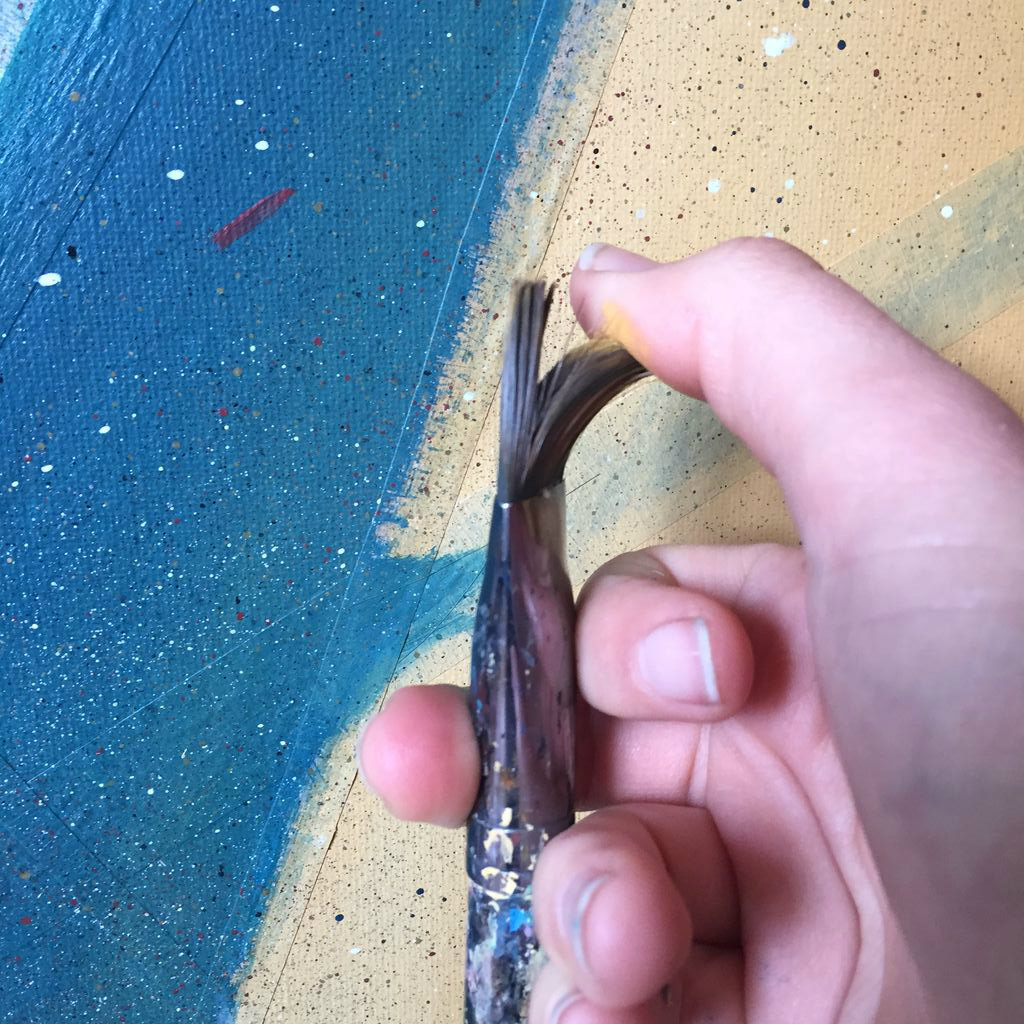
I used a large, flat brush to create a light splatter effect on the canvas in white, red, blue, and yellow colors. It can help to thin the paint with water a bit before splattering (is that a word?) the paint.
Highlite/shadow
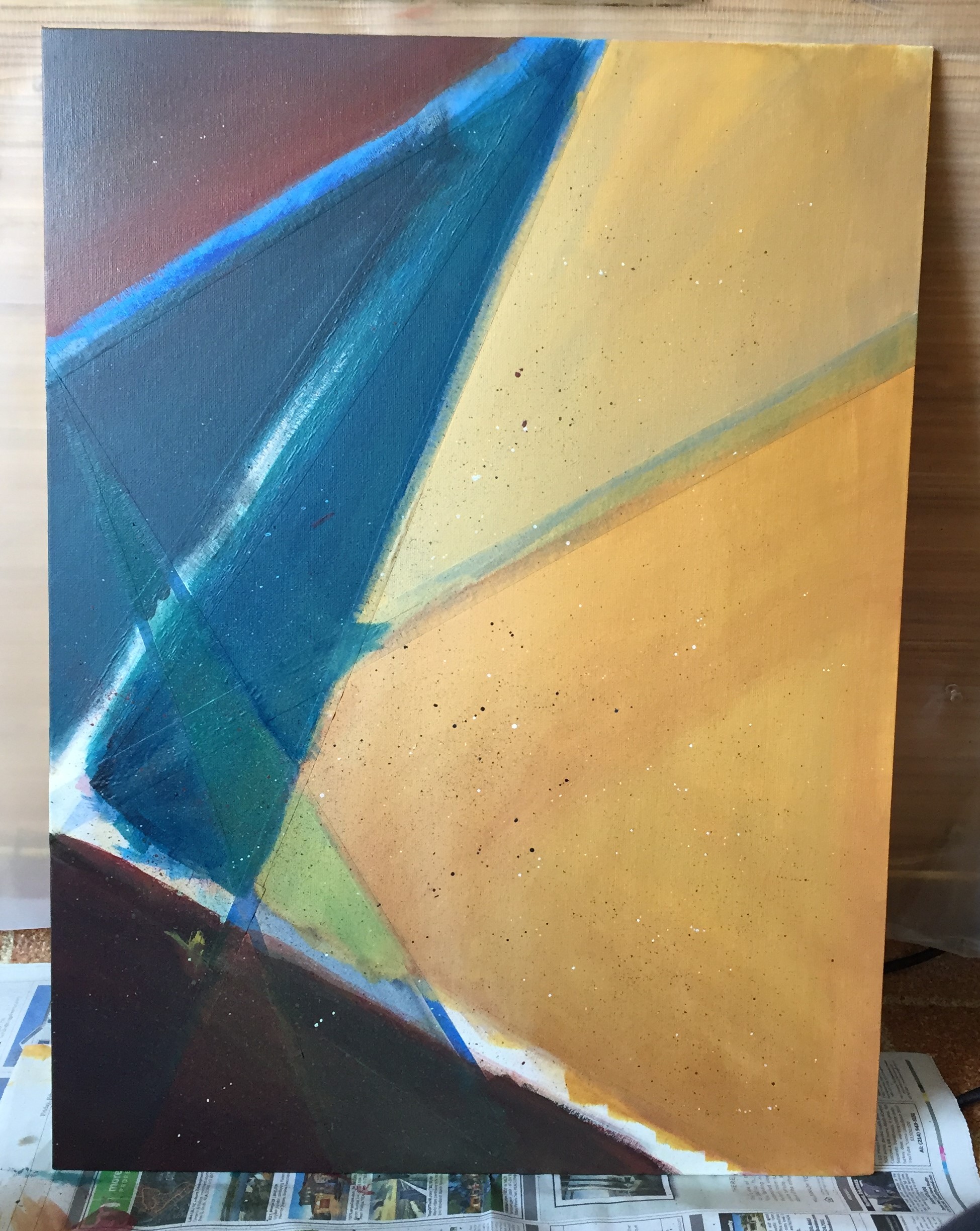
I added some highlights and shadows to the painting after the first layer of colors and splatters had dried. In order to do this I chose a color, thinned it out until it was almost the consistency of water, and then applied a very thin, veil like layer over the original color. I think this added a little bit of depth and interest to the simple color scheme.
Remove
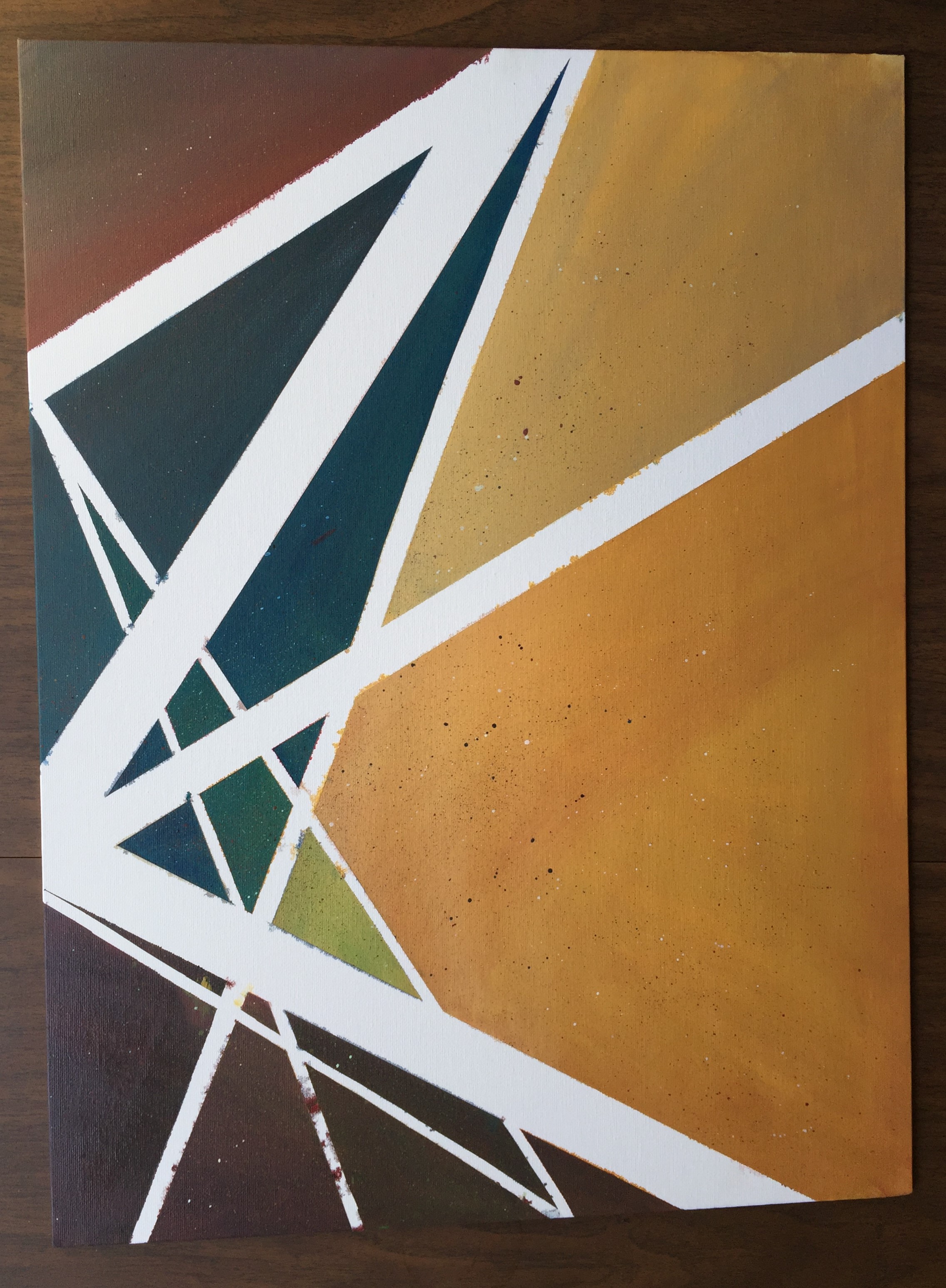
This is the funnest part! Once the paint has dried (around 10 minutes) carefully remove the masking tape. There is something really satisfying about removing masking tape from a canvas and revealing the crisp, white lines beneath. There may be some bleeding where the paint ran underneath the tape, which can be fixed in the next step.
Outline
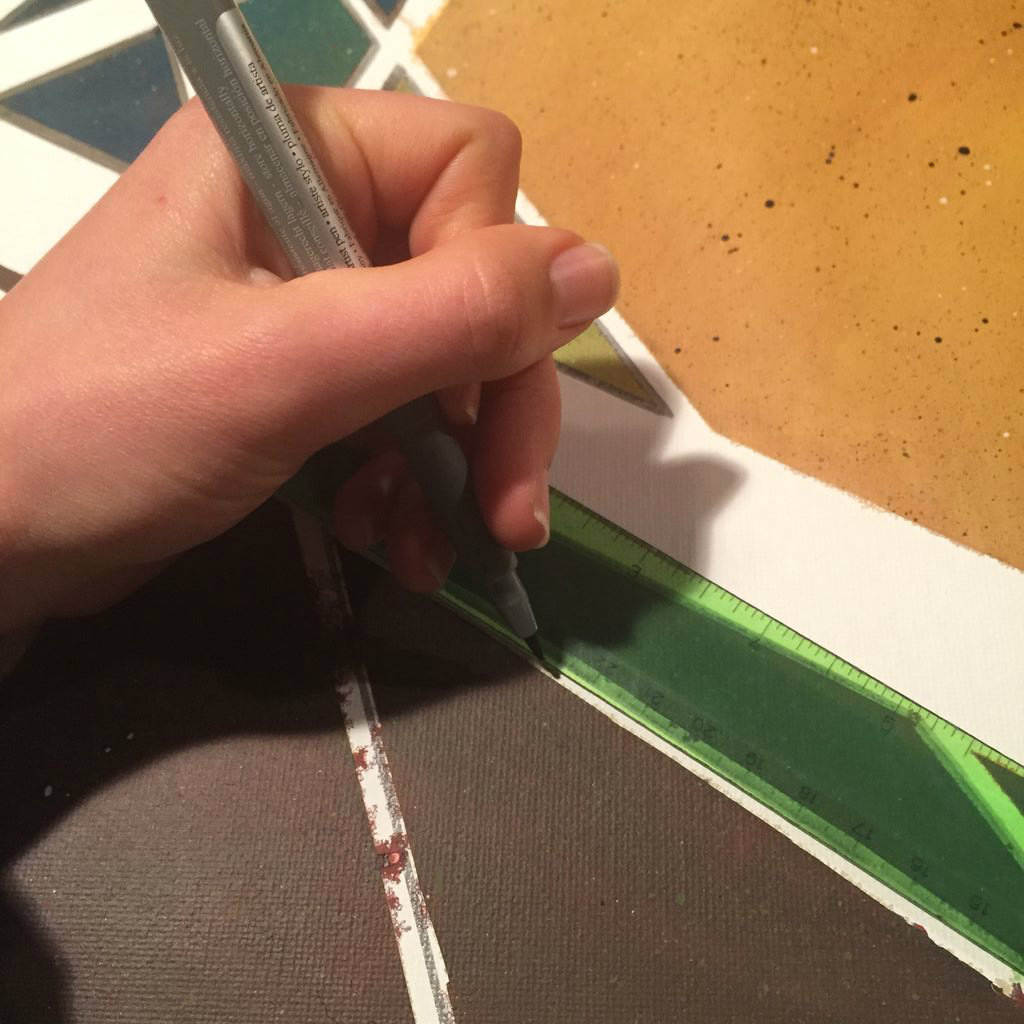
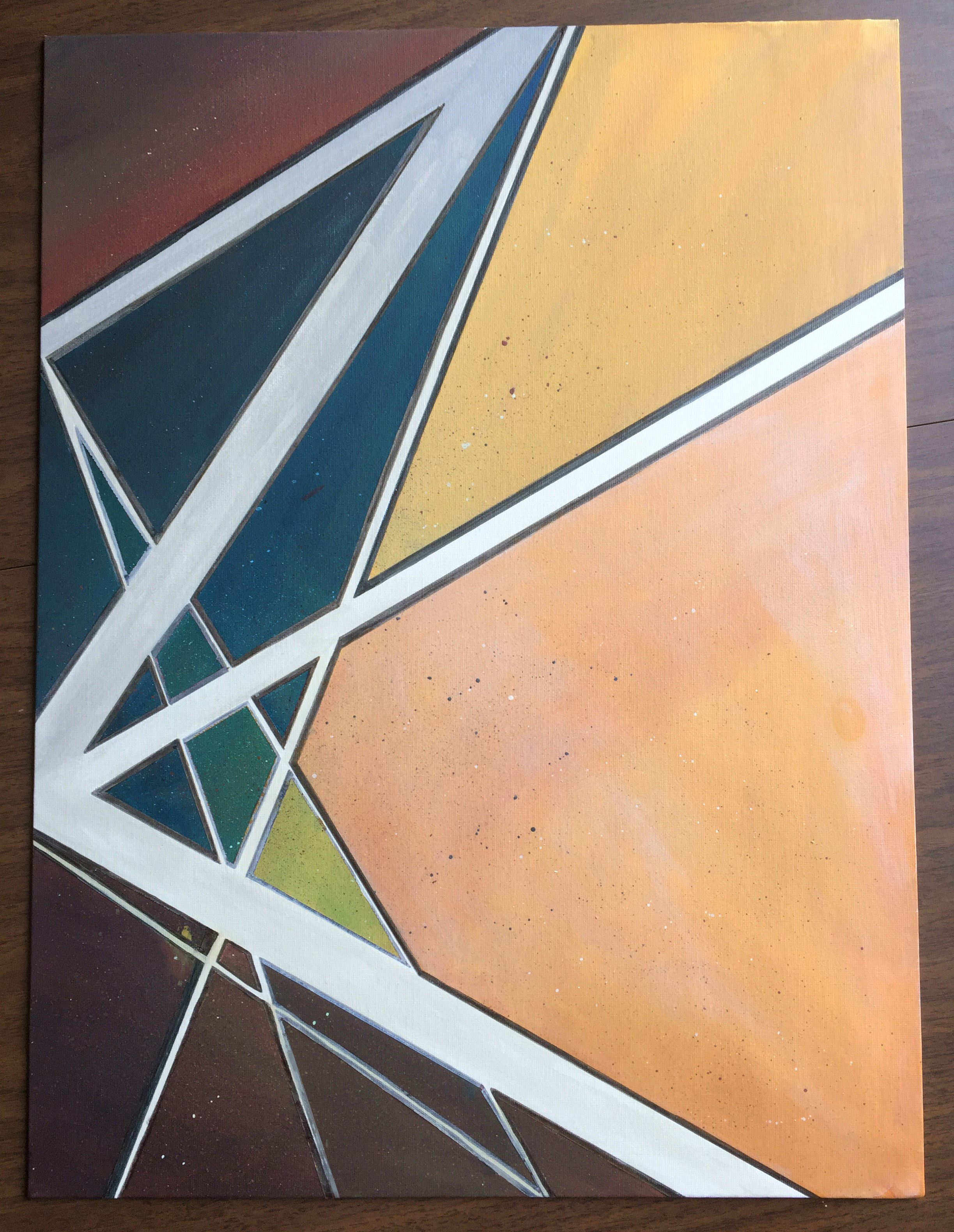
Use a dark pen in grey or black to outline the geometry. If the line work is thick enough, it can help make the shapes pop visually, while covering up any bleeding edges from the paint.
I added an extra step and painted a shade of very light grey in between the line work, but looking back, I think it would have been better and more clean if I had just kept it with the white canvas.
Happy painting!